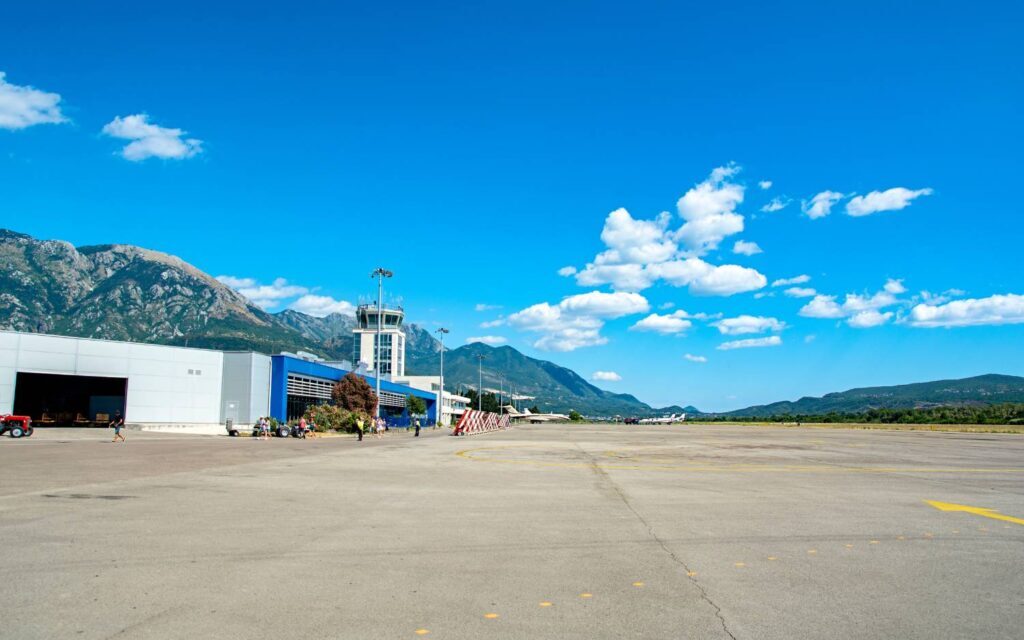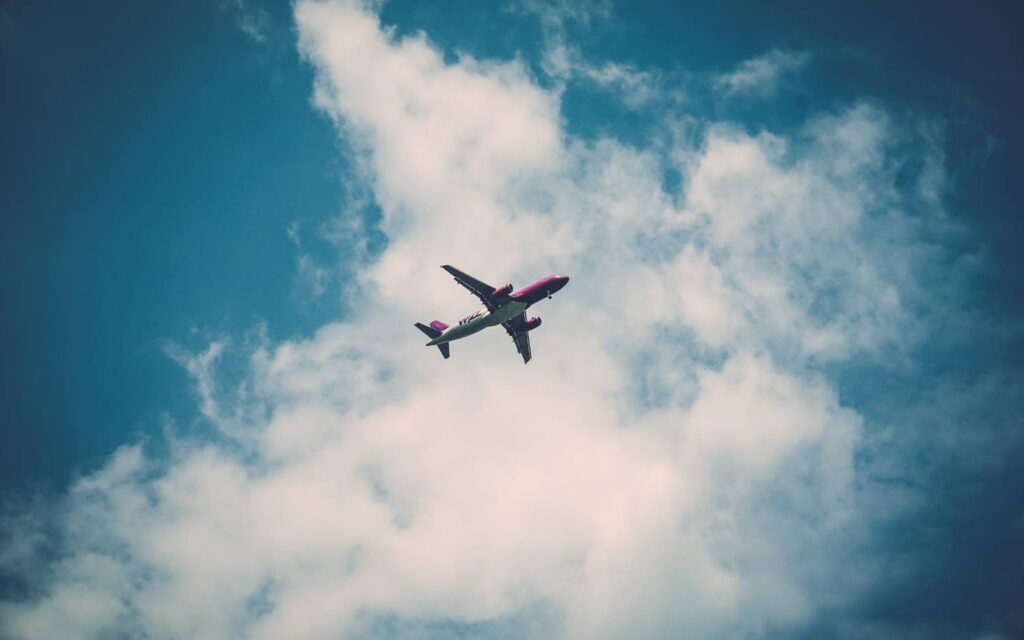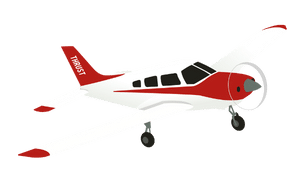Being a flight dispatcher is one of the most interesting jobs in the airline industry, yet many people are unaware of what an airline dispatcher does.
It’s a career that blends the dynamic world of airplane cockpits with the regularity of an office job. You get to work as a team with other aviation professionals, but you don’t have to deal with airports, flying commutes, or extended travel away from home.
Here’s a closer look at the life of an airline dispatcher, including what precisely they do and who is best suited to such a career.
Roles and Responsibilities of an Airline Dispatcher
The day-to-day duties of an airline dispatcher aren’t widely known outside of aviation circles. Compared to pilots and air traffic controllers, they work behind the scenes at the airline’s headquarters office.
Their typical day consists of shift work at the operations center, and they usually have access to information such as the airline schedule and a specialized software package for preparing flight dispatches from their workstation.

In addition, they’ll spend a lot of time keeping abreast of air traffic delays and weather events happening along the routes their planes fly.
Overall, the flight dispatcher’s job can be broken down into five fundamental tasks.
- Collaboration with flight crews
- Flight planning and routing
- Weather monitoring
- Flight Following
- Flight release
Flight Planning and Routing
One of the core components of the dispatcher’s job is planning the flight out, including what route it will take from Point A to Point B. Pilots, especially instrument-rated pilots, will have a fairly good understanding of what is involved in this.
All airline flights are conducted under Instrument Flight Rules (IFR), and they must file detailed flight plans.
However, the planes can’t simply fly directly from departure to destination; they must follow established routes within the National Airspace System.
For example, when departing a major airport, there will likely be a DP (Departure Procedure) that takes them to an enroute fix.
Then, low-altitude Victor Airways or high-altitude Jet Routes will take them near their destination.
Once they begin descending, they will probably fly a STAR (Standard Terminal Arrival Route) and finally an IAP (Instrument Approach Procedure).
Even if the dispatcher determines all these routes, there are often established Preferred Routes for areas with high traffic.
Additionally, the dispatcher must plan for routing to alternate airports, if required by the regulations for the flight.
In addition to getting the route right, the dispatcher must calculate the fuel consumption and performance of the aircraft to accurately determine the time en route, the fuel needed aboard, and the estimated time of arrival.
Aircraft preflight planning also includes loading information, based on the number of gallons of fuel, cargo, and passengers aboard.
Weight and balance calculations can then be made to ensure the plane is operated within its limits. This also informs other performance numbers that must be calculated, including speeds such as rotation, V1, and V2, as well as the length of the runway needed for takeoff and landing.
Another aspect of flight planning is maintenance.
Dispatchers will look over the maintenance history of the aircraft being flown to ensure it meets the regulations.
If previous pilots have reported any issues, the dispatcher will consult the Minimum Equipment List to determine if the item is legally required for the flight. If it is, they’ll have to find a new plane and schedule this one down for maintenance.
Weather Monitoring
Of course, flight planning goes hand in hand with the current weather.
Many of the performance calculations required for flight time and fuel consumption are dependent on the winds aloft forecast, and different routes or altitudes can have a dramatic impact.
Flights must also be planned to avoid areas of severe weather that might require diversions or experience turbulence.
While many of these issues can be addressed in flight, if they’re anticipated earlier, plans can be put into place for the flight crew to avoid the worst of the delay-causing weather.

Flight Release Paperwork
All of this work goes into the dispatcher’s final product, namely the paperwork that the dispatcher is legally required to complete. It’s called the flight release.
While the dispatcher does all the legwork, ensuring that the plane is legal and ready for the flight is a team effort between dispatch and the flight crew.
Flight Following
As the flight progresses, the dispatcher monitors the situation to ensure that no maintenance or weather events will affect the flight.
While the captain (pilot in command) is the final authority on the flight, the dispatcher is part of the crew that can assist them in making decisions.
If a plane needs to divert, the dispatcher can help find alternates and perform calculations to relieve the workload from the flight crew, who might be dealing with a problem in flight.
Since the dispatcher is watching from the ground, they might be privy to information that the flight crew isn’t.
For example, they might see a weather system causing traffic delays ahead, or reasons that the plane cannot continue to its intended destination. Dispatchers have the authority to hold, delay, or divert the flight.
Collaboration with Flight Crews
As the dispatcher follows the flight, they can communicate with the flight crew via ACARS (Aircraft Communications Addressing and Reporting System). It’s a text-based data link, and it’s an important link in airline Crew Resource Management.
Core Skills of a Successful Airline Dispatcher
While all the detail-oriented items of a dispatcher’s job can be trained, there are a few soft skills that are well-suited to the career.
For example, dispatchers must be excellent communicators and team workers. Dispatchers must be exceptionally detail-oriented and able to make decisions quickly and accurately.
It always helps to be interested in the topic matter that you’ll have to study, so know that a career in dispatch means that you’ll be spending a lot of time learning about meteorology, aircraft performance calculations, and the Federal Aviation Regulations.

